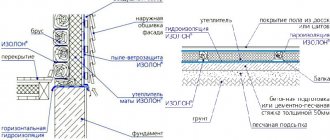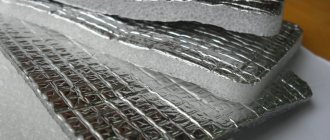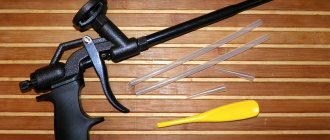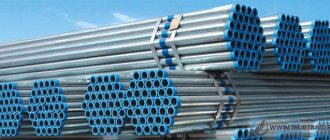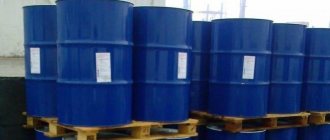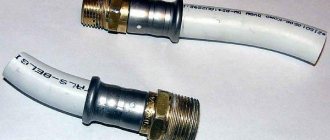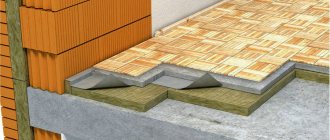Do-it-yourself foundation insulation
- 1 Sand
- 2 Expanded clay
- 3 Expanded polystyrene
- 4 Insulation of slab foundations
- 5 Insulation of a columnar foundation
- 6 Insulation of pile foundations
- 7 Which is better to use?
They started taking care of foundation insulation not so long ago, and then they started doing it out of necessity.
Nowadays you rarely see a house under construction without an insulated foundation. How can you carry out foundation insulation with your own hands, and what determines the need for such work? The fact is that sudden temperature changes and heavy rains do not have the best effect on the foundation, and over time it begins to collapse. The conclusion suggests itself - the foundation needs to be insulated! However, other questions immediately arise:
- Can sand act as insulation?
- How to insulate with expanded clay?
- How to insulate with polystyrene foam?
- How can you insulate a slab base?
- How to insulate a columnar foundation?
- How to insulate a pile foundation?
- What insulation is better to use?
We will answer all questions in order.
Ceiling insulation (uninsulated attic above)
We are going to insulate the ceiling of the upper floor. Above it is an uninsulated attic. The ceiling is timber 150x150. The bottom is lined with 0.025 m edged boards, and plasterboard is planned for it. How to insulate it so that it is warm and not noisy (the roof is corrugated sheet, when it rains it is very noisy). I heard that the best sound insulator is sand. At first I wanted to do this: lay a vapor barrier (isospan B) between the bars, then I have “foam” in a roll for floor insulation, about 10 mm thick) (I need to put it somewhere). I wanted to put this “foam” on a layer of vapor barrier and bend the edges between the beams, and then pour sand - a 3 cm layer. Then a 7 cm layer of sawdust. On top: 5 cm expanded clay. I just want to save money, and sawdust is available and cheap, although only wet sawdust is available. Although expanded clay is not cheap. I have big doubts about sand, because it is heavy. Will the board frame withstand such a load? I'm looking at your answers. Looks like you don't respect sawdust. I didn’t find anything about expanded clay. Basically I see what is relevant, insulation min. cotton wool or polystyrene foam.
- What can you say about my “pie” using sand as a sound insulator?
- As for the foam insulation, I’m worried that mice will gnaw it (in the old house they gnawed it all the way).
- Maybe sprinkle 10 cm of polystyrene foam with 5 cm of expanded clay and then the mice won’t crawl in?
- By min. I have no doubts about its sound insulation.
Thank you. Sincerely, Irina.
Author: Dmitry Belkin
I don't like the pie you came up with. It is too complex and even dangerous. Sawdust must be treated with fire retardants, because they not only burn, but even explode.
Expanded clay is fatally obsolete morally.
If you want to save money, then use the good old and proven methods. Here, for example, is how it is written in the material on a related topic. I'll tell you honestly. There is no need to invent anything in the construction business. Everything has already been made up. Foam plastic is not a material for insulating ceilings. With him on the ceiling there is nothing but torment. Rolled glass wool was invented for ceilings. This is what I recommend. And you can put your foam on a layer of vapor barrier under the cotton wool. It will not be worse. It's hardly better either




